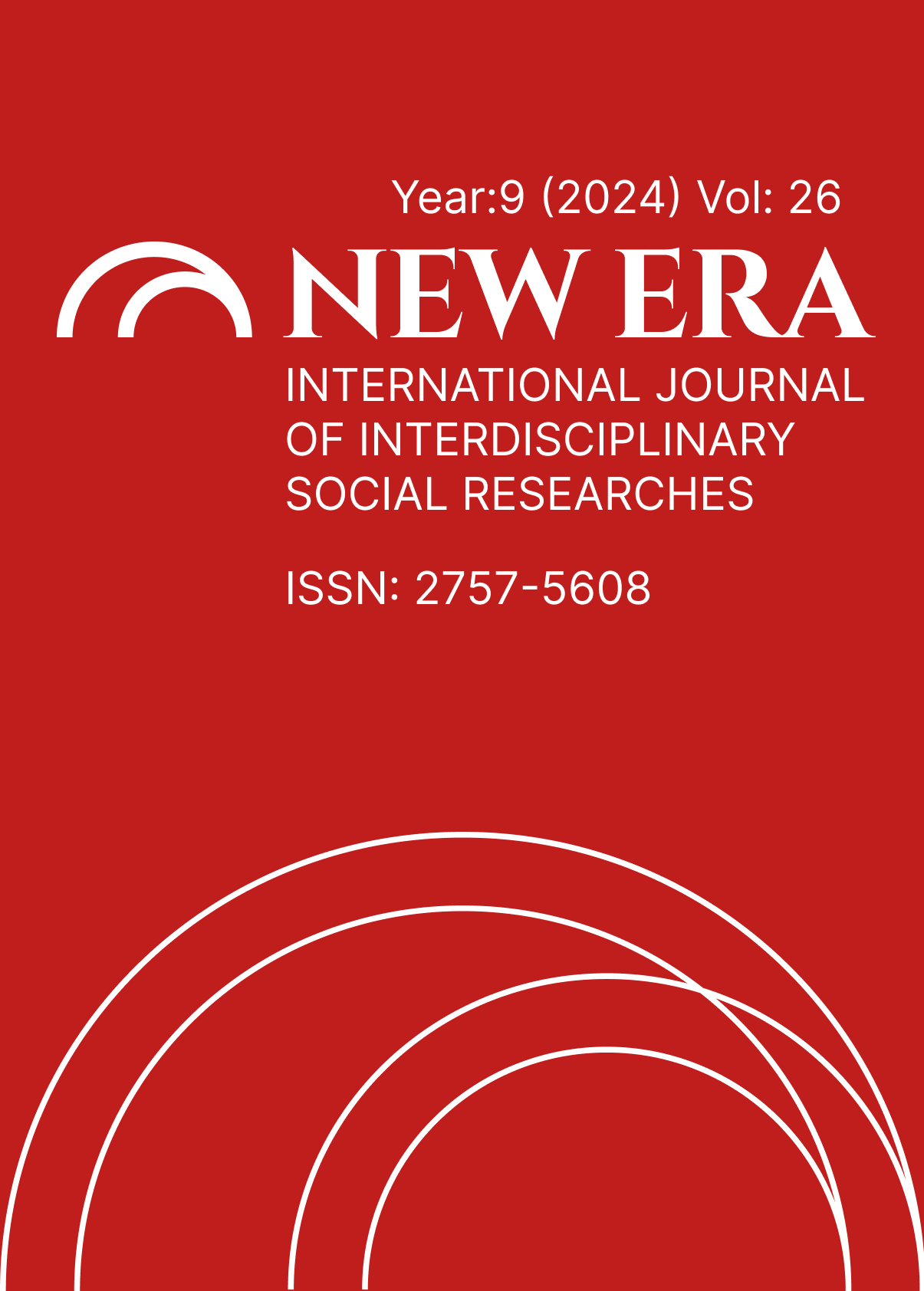RE-FUNCTIONING OF INDUSTRIAL BUILDINGS WITHIN THE FRAMEWORK OF INDUSTRIAL HERITAGE CONCEPT
DOI:
https://doi.org/10.5281/zenodo.14553401Abstract
The realization of the importance of industrial buildings was made possible by perceiving them as a heritage. The expansion of heritage in its cultural sense over time has revealed the concept of "industrial heritage". The interest in industrial heritage in recent years has been rooted in the interest in technological developments. Industrial buildings are important heritages that take place in the memory of human and the city, with production carried out in it, their mechanical equipment, their structure and even the lifestyle created by the employees over time. However, despite their importance in the history of architecture, their ties to the past and their historical value, these buildings were not considered architecturally for many years compared to other historical buildings and they were forgotten by being dysfunctional. Industrial facilities, factories, power plants, train stations are important examples of industrial heritage. These structures describe the technology of the period in which they were built in terms of their architectural features and design criteria. First of all, the architecture of the industrial buildings that have survived completely, and then each of the machinery and equipments inside are industrial heritage. This legacy has a story and a foundation. While every detail to be taken from here tells about human's past lives, it also gives clues about the future. These structures affect the environmental perception due to their size and distinctive architectural features, and they are flexible enough to make changes in their interior spaces due to their structural resistance. When the historical industrial structures in the world are examined, it is seen that they are generally re-evaluated as art and culture spaces. The reason for this is that these buildings architecturally create a suitable environment for art and performance spaces. In addition, they allow flexible use with their structural features, large and spacious interiors, high walls and wide windows. When examples from the world and Turkey are examined, it is seen that the factories of the past have turned into art and culture centers on by one over time. The aim of this study, within the scope of re-functioning of historical buildings, will be able to provide analysis through examples of buildings that have been given a new function. Thus, taking into account the structural data that may be required for re-functioning, it will be possible to increase the studies carried out in this direction in our country and to recycle historical buildings by evaluating them in this direction. With this study, it will be possible to analyze through examples of spaces that have been given a new function within the scope of re-functioning historical buildings. In addition, the aim of the study is to increase the number of studies carried out in this direction in our country, taking into account the structural data that may be required for re-functioning, and to ensure that historical buildings are reused by evaluating them in this direction.
References
Altınoluk, Ü. (1998). Binaların Yeniden Kullanımı. İstanbul: YEM.
Föhl, A. (1987). Between Use nad Reuse Industrial Monuments in the Rhine Ruhr Area Industrial Heritage Transactions (s. 85). Austria: TICCIH.
Föhl, A. (1995). Schriftenreihe des Deutschen Nationalkomitees für Denkmalschutz. Bonn: Bauten der Industrie und Technik.
Kariptaş, F. (2010). Endüstri Mirası Kapsamındaki Yapıların Günümüz Şartlarında Değerlendirilmesi ve Kasımpaşa Tuz Ambarı Örneği. İstanbul: MSGSU FBE YL Tezi.
Kaşlı, B. (2009). İstanbul'da Yeniden İşlevlendirilen Korumaya Değer Endüstri Yapıları ve İç Mekan Müdaheleleri:Santral İstanbul. İstanbul: İTÜ SBE YL Tezi.
Köksal, G. (2005). İstanbul'daki Endüstri Mirası İçin Koruma Ve Yeniden Kullanım Önerileri. İstanbul: İTÜ FBE Doktora Tezi.
Köksal, G. (2006). Kentsel Dönüşüm Projeleri Karşısında Endüstri Mirasının Geleceği. Mimarlık.
Özen, H. S. (2006). Karadeniz'de Unutulan Endüstri Mirası. Gazi Üniversitesi MMF Dergisi, 499-508.
Seçer Kariptaş, F. (2009). Protection and Re-Evaluation of Industrial Heritage. Design Language Historical Areas (s. 23-32). Edirne: Trakya Üniversitesi.
Seçer Kariptaş, F. (2012). Kasımpaşa'da 19.yüzyıl Endüstri Mirası Örneği: Kasımpaşa Un Fabrikası. Mimar.ist.
Seçer Kariptaş, F., Edirne Erdinç, J., & Özkazanç Dinçer, B. (2015). Endüstriyel Mirasın Kentlerdeki Kültürel Sürdürülebilirlik Bağlamında İncelenmesi. ISBS. Ankara: Gazi Üniversitesi.
Tümer, S. (2003). Kentsel Alanda İşlevini Yitirmiş Sanayi Tesislerinin Dönüştürlme Sürecine Yönelik Bir Model. İstanbul: MSGSU FBE YL Tezi.
Erginoğlu&Çalışlar Mimarlık Tasarım Merkezi Arşiv
URL-1: http://mimdap.org/2006/08/zollverein-maden-kompleksi/(20.11.2024)
URL-2:https://creativech-toolkit.salzburgresearch.at/casestudy_type/industrial-heritage/(21.11.2024)
URL-3: https://www.arkitera.com/gorus/sumerbank-bez-fabrikasindan-izler/(21.11.2024)
URL-4: https://m.arkitera.com/proje/10347/istanbul-sehir-universitesi-dragos-kampusu-egitim-bloklari/ecarch.com (02.12.2024)
URL-5: https://images.app.goo.gl/dS74eWmX5T8WpnfN7 (10.12.2024)
Downloads
Published
How to Cite
Issue
Section
License
Copyright (c) 2024 NEW ERA INTERNATIONAL JOURNAL OF INTERDISCIPLINARY SOCIAL RESEARCHES

This work is licensed under a Creative Commons Attribution-NonCommercial 4.0 International License.


